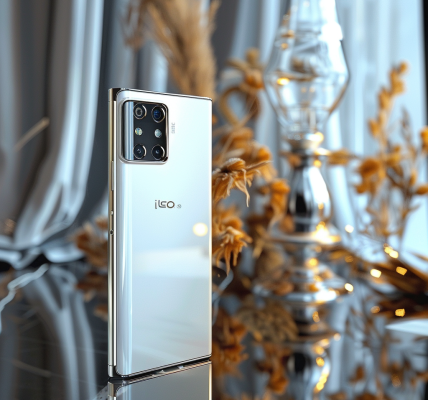iPhone, Android Ambient Light Sensors Allow Stealthy Spying
A new privacy threat has been discovered by researchers at MIT’s robotics program. They found that ambient light sensors on smart-device screens could be turned into a camera, allowing for covert recording of user interactions without the need for native or third-party applications to seek permission.
The academic research team developed a computational imaging algorithm to illustrate the potential risk, highlighting the previously overlooked capability of these sensors to covertly record user gestures. Unlike cameras, the sensors do not require permission for their use, making them vulnerable to exploitation.
The researchers demonstrated that ambient light sensors can clandestinely capture users’ touch interactions, such as scrolling and swiping, even during video playback. The process involves an inversion technique, collecting low-bitrate light variations blocked by the user’s hand on the screen.
Yang Liu, a PhD at the MIT Electrical Engineering & Computer Science Department (EECS) and CSAIL, explains that these sensors could pose an imaging privacy threat by providing that information to hackers monitoring smart devices. He also points out that one potential security implication is revealing partial facial information.
Liu suggests that software-side mitigation measures would help restrict the permission and information rate of ambient light sensors. This would be a potential solution to address the privacy threat posed by these sensors.
As smart devices continue to pursue larger and brighter screens, the impact of this threat surface becomes more acute. The trend of consumer electronics pursuing larger and brighter screens can also impact this threat surface by making the imaging privacy threat more acute.
Additional artificial intelligence- and large language model (LLM)-powered computational imaging developments might also make imaging with as few as one bit of information per measurement possible, and completely change our current ‘optimistic’ privacy conclusions, Liu cautions.





